Most pool stains occur when excess organic and/or metallic compounds and improperly balanced pool water meet. Incorrect sanitizer, pH and alkalinity levels can set the stage for stain-causing debris and metals to wreak havoc on your pool surface.
Common Sources of Pool Stains
Decaying organic debris such as leaves, berries and acorns can leave behind stains on the pool surface if not removed promptly. In some regions, stains left by oak leaves are especially problematic. Organic debris typically leaves brown stains caused by naturally occurring tannins.
Algae can tint the pool water (usually green) and also speckle the surface. The three most common algae types are described by their respective colors – green, black or yellow (also called mustard).
Metals, such as iron and copper, are found naturally in water and their presence can be compounded by leaching from other sources such as residential plumbing, fertilizers, and pesticides. Copper also comes from pool heaters which often have copper heat exchangers, and from pool algaecides.
The issue with metals is that water evaporates but metal does not, so the concentration of metals builds over time. When the saturation point is reached, the pool water is not able to contain additional metal. This is when metals begin to cleave to the pool surface and form stains. Sequestering agents can help to keep metals in suspension to prevent staining but are not sufficient in some cases.

How to ID Stains
Stain identification can be tricky. No doubt, you can find a lot of pictures online and try to compare your pool stain to others, but different compounds can cause similar looking stains. So it is best not to guess. Just to give you a primer, we’ll run down a list of different stains’ characteristics here and then go on to actual testing for stains.
Organics – will leave an impression in the shape of the offending debris, typically brown in color.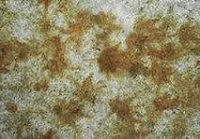
Green Algae – will tint pool water green and also speckle the pool surface.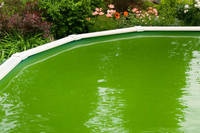
Mustard (Yellow) Algae – So-named for its brown/yellow color, this algae has a wispy texture and grows in shady areas.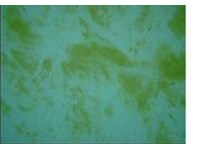
Black Algae – forms black speckles and clusters that will actually grow roots into the pool surface.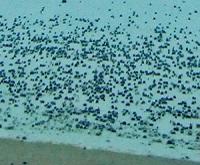
Iron – forms stains ranging from yellow to rust to dark brown.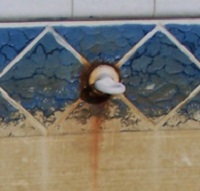
Copper – can tint pool water blue at first before stains form on the surface which are commonly blue-green but can also be gray, black, brown. Copper can stain purple as well when the cyanuric acid level is high.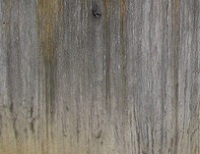
Manganese – found in well water in some regions, this metal can cause a purple tint to pool water and brown/black or purple stains on surface.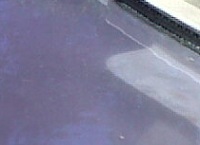
Testing for Stains
In most cases, the best way to correctly identify a pool stain is to use a stain id kit. For iron, you can try a simple test first with vitamin C. Hold a vitamin C tablet against the stained area for about 30 seconds and see if the stain gets lighter or disappears. If it does, you have iron stains and can use ascorbic acid to treat. If it doesn’t, you have at least ruled out iron.
Similarly, if you suspect a stain from leaves or other decomposed organic debris, you can hold a trichlor tablet on the stain to see if it lightens. Chlorine will lighten organic stains but will not affect metal stains. Shocking the pool to raise free chlorine is the way to get rid of those brown tannin stains.
For other stains, we suggest the Jack’s Magic Stain ID kit to be sure you treat for the correct problem. Trying to guess and potentially treating for the wrong cause will cost you time and money and could create more problems. The Jack’s Magic kit allows you to easily perform a series of topical tests by holding different stain solutions over the stain area. Each test takes about one minute to complete. Most of your time will be in preparation since your pool water first needs to be balanced to meet the proper levels for stain testing and treatment.
Once you see which stain solution worked best, you can follow up with the specific recommended treatment. Remember, it might take repeated treatments in some cases but there is hope for restoring your pool.


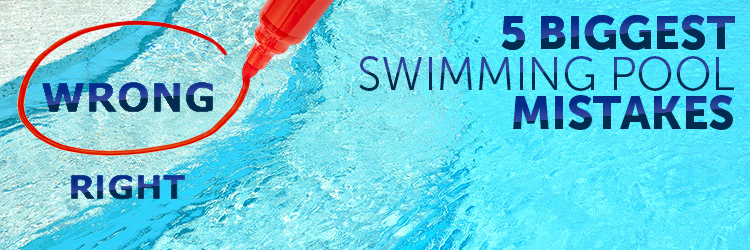

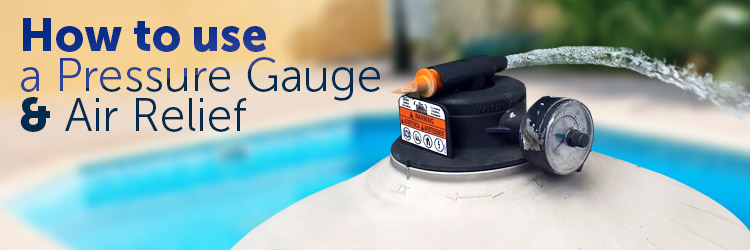
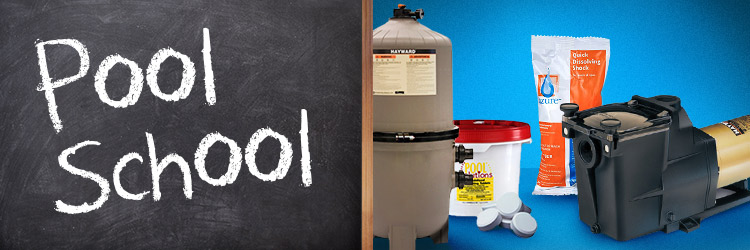






My problem is manganese in my well. Pool is vinyl, and now purple. Though you identify the problem, you do not speak to a solution.
Try putting some dry acid (Sodium Bisulfate) in a sock and place the sock against one of the stained areas for half an hour. If the stain goes away, or lightens dramatically then it is manganese. Otherwise you might need copper remover. High Copper and CYA levels in your water could produce a purple hue/residue under certain conditions; that’s when you’d the CULater
all my yellow/bluish stains are on the bottom of the pool. Using jacks magic stain id, it seems it would be very difficult to hold any pellet to the bottom of the pool.
I recently paid to get pool re plastered after 11 months there is stain in the middle of the pool. Is like fading from the center no mineral deposits or leaves 🍁 never in that area.
What do you think causes that?
With respect, that is very little information to go on; the color of the stain wasn’t even mentioned.
We also, tell you how you can try to ID the stain yourself in the article.
My AGP paper cartridge is stained blue. I have soaked & cleaned. Still blue stained. Yes, I did use copper algaecide to eradicate mustard algae & the pool liner developed stains throughout. The pool itself is no longer an issue. Water is good, stains are slowly fading by using metal free & stain remover. Question is, can this filter be saved if I put it back in a month from now & use metal free again & stain remover or is it just best to pitch it?
Thank you
Green stains throughout the pool. Water is clear and chemicals are perfect
It could be the beginnings of an algae bloom or copper stains. But we cover how to test for either in the article.
For the algae try shock, algaecide, and a sturdy brush.
I just bought a house where pool wasn’t open for three years. Got the water crystal clear. Bought product from local pool store and stains are still there. Is it possible the leafs and debris’s from sitting for few years again everything? Can I get those stains out? Everything is in deep end so not sure how to test
The article mentions the Stain ID Test Kit, it should give you an idea on how to attack the stain. Give it a try.
My pebble tech pool was originally a blue surface but lately has started to turn green in they surface. I have a cooper heater and the stabilizer is high. What do you recommend
I would recommend first, check out what the stain is like the article suggests. You need to figure out if the stain is algae or copper.
If it is copper then, then you probably need a new heat exchanger (or at the very least, have a pro take a look at it) and to use some copper remover for the stains.
We have a Gunite pool. I have started to see yellow staining on the bottom and walls. It almost looks like what happens to antique furniture finish. It gets old, turns yellow…
What is causing this, and can it be removed?
Thank you!
What would you recommend to remove a few stains from coins (pennies, nickles, dimes and quarters) left in the pool?
Thanks
My first thoughts, stop using your pool as a wishing well. Just kidding.
I suggest using Natural Chemistry’s MetalFree with StainFree, it is ideal for copper and iron stains. I am presuming that is what you will be primarily dealing with. If stains do not budge, try a stain ID kit.
I have Iron staining across the entire liner of my pool, water tests show no metal but i have done 5 stain treatments this year already. i have added metal free, i have a Culator in the skimmer and also changed 3/4 of the water, still every week(almost to a tee) the liner becomes stained..today i used regular vitamin C tablets as im tired of spending money on this mess, pool looks great but im guessing a week from now it will be stained again…any help is appreciated
LD, have you used a stain ID kit to confirm these stains are in fact iron? If not, I suggest you do so, this will confirm your suspicions of iron stains or prevent you from throwing more metal free at a non-metal stain. I’m not sure how you could get iron stains without there being metal present in the water.
I have a dark brown ring above water edge that is slimey and difficult to remove. Has the consistency of slimy clay. I can remove it but the skin remains. What kind of stain is it?
Going purely by description, I do not have anything more than a guess of it being organic material. I suggest testing it with Jack’s Magic Stain ID Kit or try direct contact with chlorine/bleach/vitamin C tablet
What if you are developing small yellow stains that will not respond to shocking and will not respond to vit c testing?
Use the Jack’s Magic Stain ID Kit, it should identify the make up the stain, and provide you a suggestion on the best way to remove it.